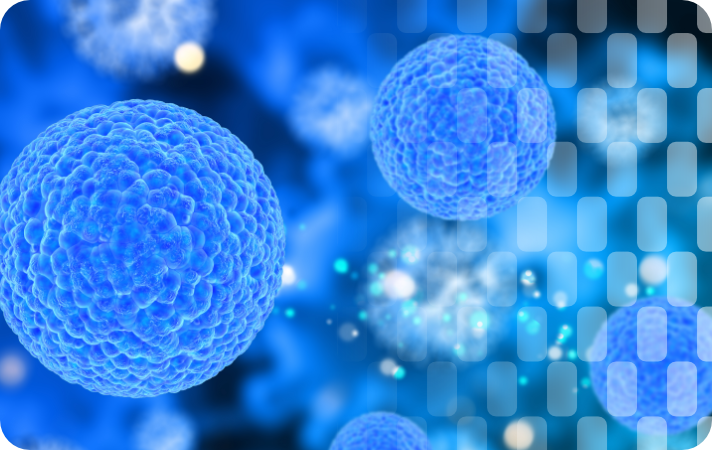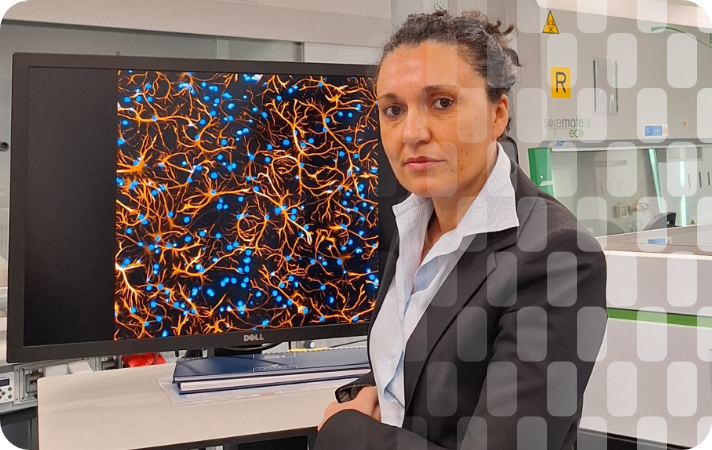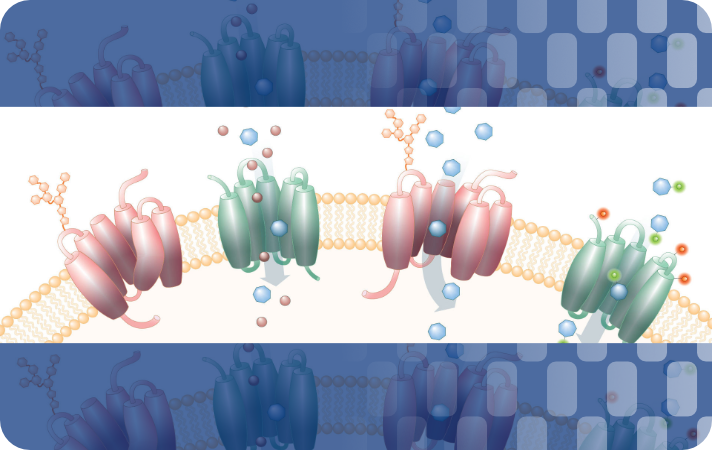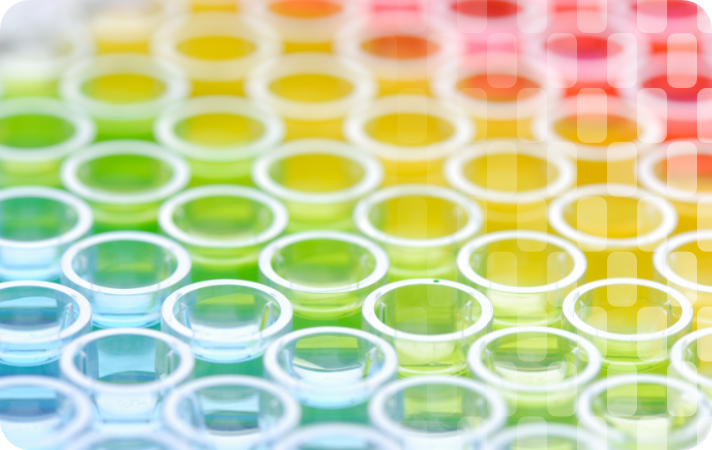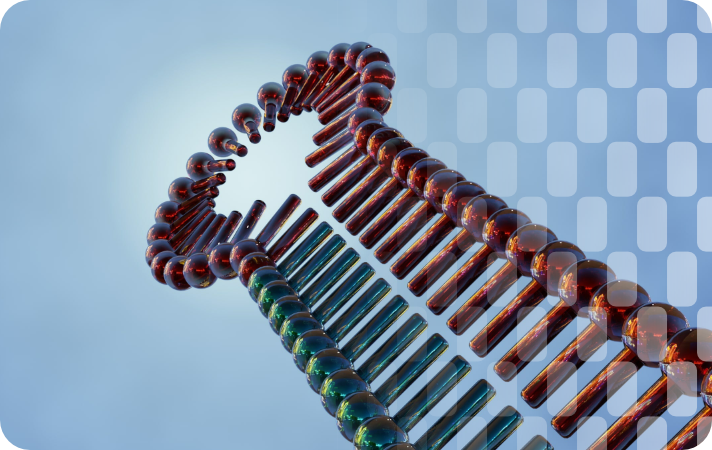Smart cellular assays to study inflammatory skin disorders
Science Spyglass Functional and phenotypic cellular assays to study inflammatory skin disorders Inflammation is a major driver of most chronic skin diseases, causing significant decrease in health-related quality of life for patients. Skin diseases are a heterogenous group of disorders, both acute and chronic, that affect individuals of all ages and are reported to be the most frequent reason for consultation in general practice. The skin is a complex of different cell types providing a physical, chemical and microbiological barrier against external assaults. Keratinocytes represent the major cell type of the epidermis, the outermost layer of skin, and act as the first line of defense of our innate immunity system by sensing pathogens via pattern recognition receptors. Receptor activation, in turn, triggers direct defense mechanisms, like the production of antimicrobial peptides, and release of chemo- and cytokines to recruit and activate additional immune cells. Acute or prolonged dysregulation of keratinocyte function is one of the key steps contributing to the pathogenesis of different types of skin diseases, including atopic dermatitis and psoriasis. Abnormal activation of these cells leads to alterations in their cytoskeleton, expression of cell surface markers (i.e. up-regulation of ICAM-1, reduced expression of E-cadherin and Filaggrin), migration/hyperproliferation of activated cells at the site of inflammation, production and release of pro-inflammatory cytokines and/or chemokines, to maintain a pro-inflammatory state. In fact, impaired resolution of inflammation has been identified as a major culprit in chronic skin diseases. Despite continuous improvement in therapeutic options in recent years, for a many patients affected by chronic skin diseases the response to treatment remains limited. For this reason, there is an urgent need to find novel drugs targeting specific cytokines or receptors implicated in the etiopathogenesis of these disorders. Cell-based models of inflammatory skin diseases With respect to assay development for inflammatory skin disorders, Axxam has now developed and optimized novel cell-based assays to evaluate the activation of human keratinocytes in vitro. These assays are suitable for testing compounds or biologics (antisense oligonucleotides – ASO -, therapeutic antibodies, RNAs) in the early stages of the drug discovery process, as well as to define potential chemical skin-irritants. So far, these validated assays are available in human immortalized (HaCaT) and primary (NHEK) keratinocyte cellular models. These cells are stimulated with a cocktail of pro-inflammatory cytokines, mimicking the inflammatory microenvironment (e.g. TNF-α, IFN-γ) to trigger activation of two major signalling disease-relevant cascades, i.e. the NF-kB (nuclear factor-kappa B) and JAK/STAT (STAT, signal transducer and activator of transcription) pathways. The assays have been miniaturized for 384-well plate formats for compound screening and are designed to analyze 1) cytokine production/release through multiplex measurement; 2) nuclear translocation of inflammation-related transcription factors through immunofluorescence. 1. Cytokine multiplexing assay The cytokine multiplexing assay principle consists of treatment of keratinocytes with a mix of pro-inflammatory cytokines to trigger NF-kB and JAK/STAT pathways, thus leading to production and release of chemokines and cytokines (i.e. IL-6 and CCL5/Rantes), often correlated with the pathogenesis of diseases like atopic dermatitis and psoriasis. The experimental workflow is described in Figure 1. Levels of the two key cytokines CCL5/Rantes and IL-6 released in the medium by activated keratinocyte cellular models are measured by a luminescent readout (AlphaLISA®/AlphaPlexTM, Revvity) which allows simultaneous quantitative determination of two analytes in the same well. Cell culture conditions and pro-inflammatory stimuli are optimized for each cell type to obtain reliable and reproducible CCL5/Rantes and IL-6 levels in physiological conditions. Figure 1: cytokine multiplexing assay workflow. The assay consists of 5 different steps – Step 1: seeding of keratinocytes in 384-well plates; Step 2: stimulation of cells with pro-inflammatory cytokines; Step 3/4: cytokine multiplexing detection in cell culture medium using AlphaLISA®/AlphaPlexTM, Revvity at BMS Labtech Pherastar; Step 5: data analysis. As shown in Figure 2, validation of the assay was performed employing the reference compound Baricitinib, a JAK1/2 inhibitor employed in clinic in the treatment of atopic dermatitis, able to prevent IL-6 and CCL5/Rantes production/release by HaCaT and NHEK cells, stimulated with specific pro-inflammatory cytokine cocktails, in dose-response. Figure 2: Baricitinib treatment inhibits IL-6 and CCL5/Rantes release by HaCaT and NHEK cells stimulated with pro-inflammatory cytokine cocktails. Dose response curves of reference compound Baricitinib for inhibition of production of IL-6 (blu line) and CCL5/Rantes (red line) in cultures of HaCaT (left) and NHEK primary cells (right). Data are presented as Fold Change= Raw values/Central Reference values (referred to stimulated cells not treated with Baricitinib) with a multiplier factor of 100. The developed cytokine multiplexing assay resulted suitable for compound testing in 384-well formats with the aim of identifying novel anti-inflammatory compounds able to inhibit cytokine production/release following keratinocyte activation. 2. Nuclear translocation assay The nuclear translocation assay developed at Axxam allows the detection of the accumulation of NF-kB or Stat1 transcription factors in the nuclei of activated keratinocytes through an imaging-based approach. The experimental workflow is described in Figure 3. Nuclear translocation is measured in HaCaT and NHEK cells stimulated with pro-inflammatory cocktails containing TNF-α and IFN-γ, by immunofluorescent imaging using specific antibodies. Cell culture conditions and stimuli are optimized for each cell type to obtain reliable and reproducible assay signals in physiological conditions. Figure 3: nuclear translocation assay workflow. The assay consists of 5 different steps – Step 1: seeding of keratinocytes in 384-well plates; Step 2: stimulation of cells with pro-inflammatory cytokines; Step 3: immunofluorescence staining with specific antibodies to visualize the targets of interest; Step 4: image acquisition; Step 5: data analysis. As shown in Figure 4, the assay has been validated using the compounds BAY11-7082 (NF-kB inhibitor) and Baricitinib (JAK 1/2 inhibitor), both able to strongly inhibit NF-kB and Stat1 nuclear translocation in HaCaT and NHEK cells, stimulated with a specific pro-inflammatory cytokine cocktail. Figure 4: BAY11-7082 or Baricitinib treatment inhibits respectively NF-kB and Stat1 nuclear translocation in HaCaT and NHEK cells stimulated with a pro-inflammatory cytokine cocktail. A/B) Representative images and dose response curves for BAY11-7082 in HaCaT cells (A) and NHEK cells (B) stimulated with TNF-α and IFN-γ (blue) or treated with vehicle (red, control not stimulated cells); C/D)
Smart cellular assays to study inflammatory skin disorders Read More »


